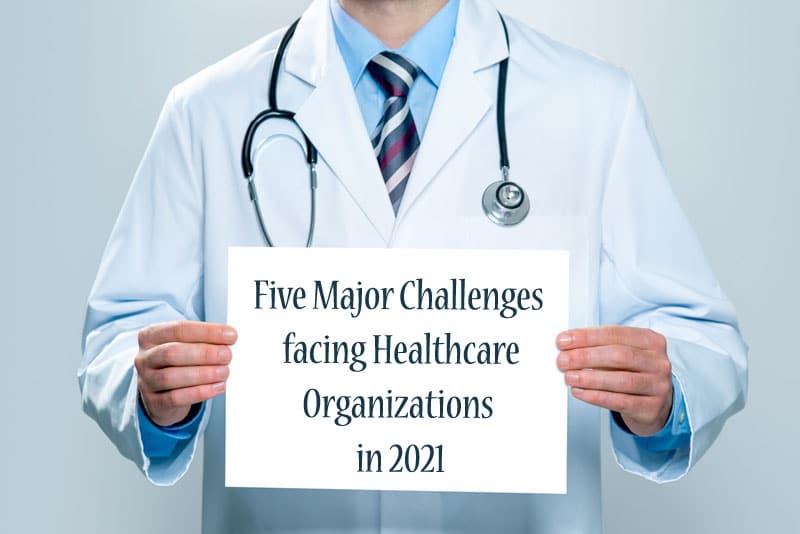 In order to enhance clinical decision support (CDS) tools within electronic medical records or EMR and ensure effective Ebola screening, representatives from the Centers for Disease Control (CDC) and the Office of the National Coordinator for Health IT (ONC) co-hosted a special webinar this October. The webinar explored the ways in which electronic clinical documentation could help healthcare professionals evaluate and identify individuals with suspected Ebola Virus Disease (EVD) in a timely manner. The main focus of this webinar was regarding the inclusion of travel history within the clinical workflow.
In order to enhance clinical decision support (CDS) tools within electronic medical records or EMR and ensure effective Ebola screening, representatives from the Centers for Disease Control (CDC) and the Office of the National Coordinator for Health IT (ONC) co-hosted a special webinar this October. The webinar explored the ways in which electronic clinical documentation could help healthcare professionals evaluate and identify individuals with suspected Ebola Virus Disease (EVD) in a timely manner. The main focus of this webinar was regarding the inclusion of travel history within the clinical workflow.
Here are the key ideas put forward by experts at the webinar for effective screening as reported by Healthcare Informatics.
- ONC representative Jon White, M.D. presented the idea of standardizing the CDC guidelines into a CDS tool for EMRs. He also added the simplest way to accomplish this is a human readable document. You can get a lot more specific using tools developed for Health eDecisions (ONC’s CDS standards framework) and other standards for decision support.
- CDC’s Ebola Medical Care Task Force representatives shared the algorithm used by the agency for evaluating and identifying an individual with Ebola. The important elements in that algorithm that the CDC wants to see as a decisional tool in the EMR are to identify people with a fever of 100.4 degrees Fahrenheit or compatible symptoms to Ebola, and people who have traveled to a country with an Ebola outbreak in the last 21 days. The representatives added that they are hoping that these elements are translated into an electronic question prompted in emergency rooms or care facilities around the country.
- CDC is seeking a mechanism in the EMR to alert healthcare providers that a particular patient has been identified with Ebola and should be isolated immediately. They are also interested in an electronic record system that alerts the hospital’s infection control program and the local state health department as well while evaluating risk for exposure. However, one of the CDC representatives expressed concern that the evaluation of exposure is too complicated to capture using a structured CDS tool. The representatives from Texas Health Resources and Allscripts claimed that they have developed a screening tool that can determine if a patient has had low or high-risk exposure.
Challenges with EMR and the Need for EMR Transcription
Though all the ideas shared in the webinar seems viable, there exists several challenges with EMR itself now such as:
- As the physicians are not very familiar with the EMRs (logins and logouts, browsing between screens etc.), it takes a lot of time for them to complete documentation.
- The point-and-click templates within EMRs limit the narrative style while physicians want to include clinical narrative as a part of their notes as this is where they document their medical decision making.
- Physicians often copy and paste data within EMR fields to save their time and the surging number of cases force them to copy-paste data without checking the content thoroughly, which may result in serious errors and affect the system entirely as the errors spread easily within the system.
It is imperative to fix all these issues if all the ideas presented by representatives of prominent healthcare organizations are to be put into practice. During the medical transcription process, transcriptionists used to flag potential errors such as wrong drug names, inconsistent findings and more for physicians to review so that it was possible to ensure the accuracy of transcribed notes at the end of the process. By integrating transcription with EMR and utilizing the service of medical transcriptionists providers can ensure that the records in their electronic record system are accurate.
Read our blog post: Better EHR Systems and Documentation for Ebola and Other Infectious Diseases
You can retain the quality of narrative reports by transcribing notes with the help of transcriptionists and populating the EMR fields with relevant data. EMRs have the ability to interface directly with the transcription platforms in order to parse data and therefore there would be data fields in the place of flat files or static information snapshots. With dictation software, advanced speech recognition systems and natural language processing, transcriptionists can perform their job more easily and ensure great efficiency in data transfer.


